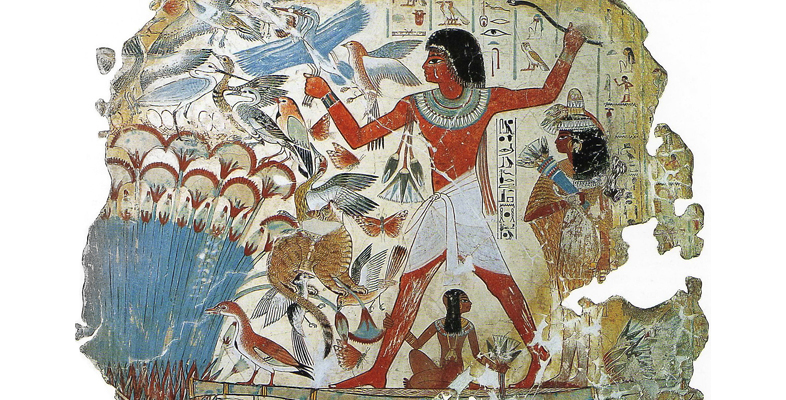2 The lens of ‘Orientalism’
An important consequence of the relatively late ‘discovery’ of ancient Egypt by educated Europeans is that the very relation of Egypt to our own world remains problematic. This is as true of our own day, tensioned and fissured by the oil-driven conflicts of the wider ‘middle East’, as it was of the early nineteenth century: the reason Napoleon was there in the first place was to try and disrupt British supply lines to India. Egypt was opened up to Western eyes not merely because of the intrinsic interest of its culture and civilisation but because of its strategic promise for modern imperialists. Because of its geography, no less than its history, Egypt played and plays an ambiguous role in the European imagination.
The relationship of Egyptian art and culture to the ‘Western’ tradition continues to be a subject of debate. For a long time, the conventional view was that Egypt stood outside the Western canon, and the literature is studded with references that situate Egypt within the discourse of ‘Orientalism’.
To help you understand some of the main components of ‘Orientalism’ sections 2.1–2.3 each contain an activity that consists of reading a number of short quotes by an author, followed by a question.
More recently, however, as the identity of the Western tradition itself has been scrutinised, the boundaries have come to seem less clear-cut. This is not to say that Egypt has been in any simple way incorporated into the Western canon. The point is more complex than that and has more profound consequences.
Due to a mixture of forces partly intellectual, partly political, adding up to the constellation inadequately labelled ‘globalisation’, the Western canon itself has, so to speak, been ‘hybridised’. In what is surely one of the few unqualified positives of the contemporary situation, the canon has been opened up to acknowledge influences upon the European tradition, including its fountainhead Greece, from the ancient near East, Africa and elsewhere.
The early-twentieth-century critic Roger Fry once described the post-Renaissance European tradition before the advent of modernism as a ‘right little, tight little, round little world’. No more. Fry was talking about the discovery of ‘non-Western’ art by the avant-garde of Gauguin, Picasso and others. That avant-garde has now itself been swallowed up and rendered historical by changes on a scale that would have given Fry pause. Rereading, recalibrating, sometimes rejecting, sometimes reframing, inherited canons of every stripe has come to seem not merely fascinating, but imperative. There is no paradox in the claim that thinking about ancient Egyptian art and culture is one element of an extensive, and resolutely contemporary, endeavour.
